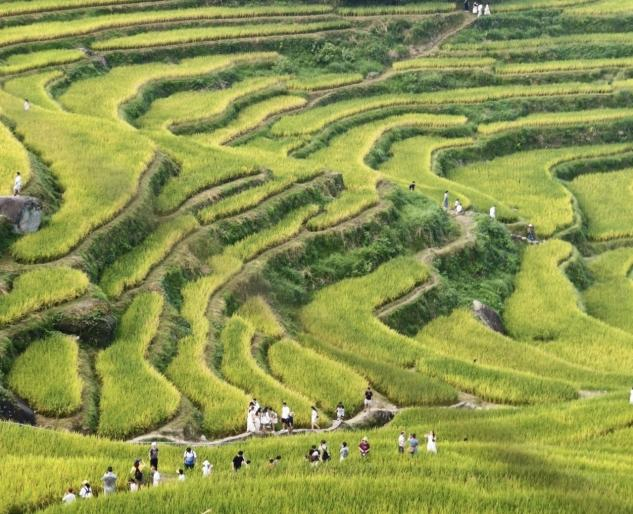
As urban hustle becomes the new normal, we yearn for a sanctuary where souls can find peace. Zhejiang's landscapes embody this longing — unassuming yet offering timeless serenity that embraces weary hearts. From Yunhe's morning terraces bathed in dawn light to Nanxi River's bamboo rafts, from Moganshan's crisp breezes to Qiandao Lake's emerald waters, nature whispers: Slow down. This is life's true essence.
Pastoral idyll: the rhythm of the earth
The terraced fields of Yunhe in Lishui awaken to the morning light. On the mountain ridge at over 800 meters above sea level, the layered ridges resemble a musical staff etched into the earth. This agricultural wisdom has endured for millennia, with the She ethnic group still practicing the ancient tradition of "cultivating clouds and planting moons." Standing on Qixing Dun Observation Deck, watching the sea of clouds flow over the curved terraces, one can truly appreciate how the ancient wisdom from Xunzi's teachings — "not drying up lakes for fishing, not burning forests for hunting" — has thrived endlessly on this land.
The Tongji Weir, a millennium-old water management marvel in Guayan Painting Village, was first constructed in 505 AD during the Tianjian era of the Southern Liang Dynasty. This ancient structure continues to irrigate the vast fertile fields of the Bihu Plain. Strolling along the Ou River, the shimmering sails create a poetic scene reminiscent of a flowing landscape scroll. In Taishun's iconic covered bridges, wooden arches built without a single nail or rivet serve not only as vital transportation routes but also as cultural hubs for community gatherings, religious ceremonies, and trade activities, embodying the unique regional heritage of southern Zhejiang's mountainous regions.
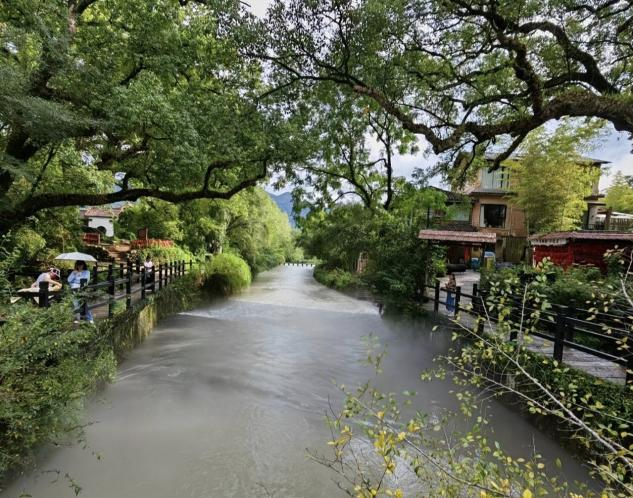
Water rhythm of Jiangnan: a flowing poem
The oars of Wuzhen's traditional boats cut through the morning mist over Xizha, revealing stone bridges one by one as the rhythmic creaking of oars echoes. Each bridge here carries a story—take Tongji Bridge, built during the Ming Dynasty, which has witnessed countless wanderers' parting sorrows. As the boat passes through the arches, reach out to touch the weathered stones, feeling the pulse of this water town that has thrived for a thousand years.
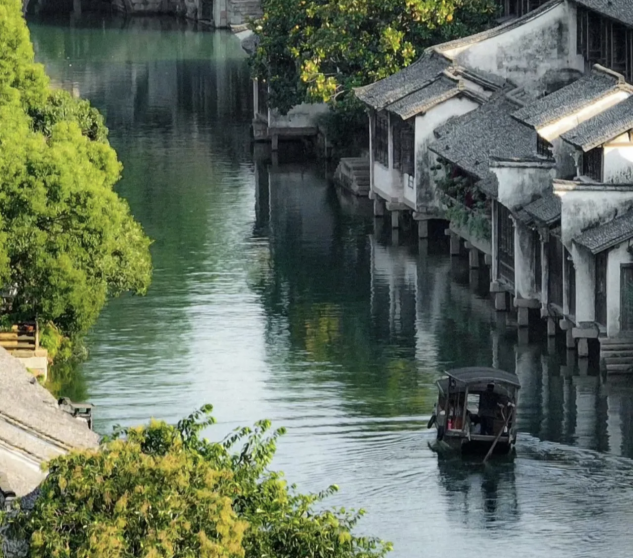
The Hundred Rooms in Nanxun Ancient Town, built along the water by Dong Fen, Minister of Rites during the Ming Dynasty, still preserve the classic "bridges over flowing streams and homes by the water" layout. Sitting under the covered walkways, sipping a cup of Anji white tea while watching the sunset paint the horse-head walls with golden hues, one suddenly understands why literati have always likened Jiangnan to a Song Dynasty poem—where delicate elegance reveals profound character, and simple charm conceals deep emotion.
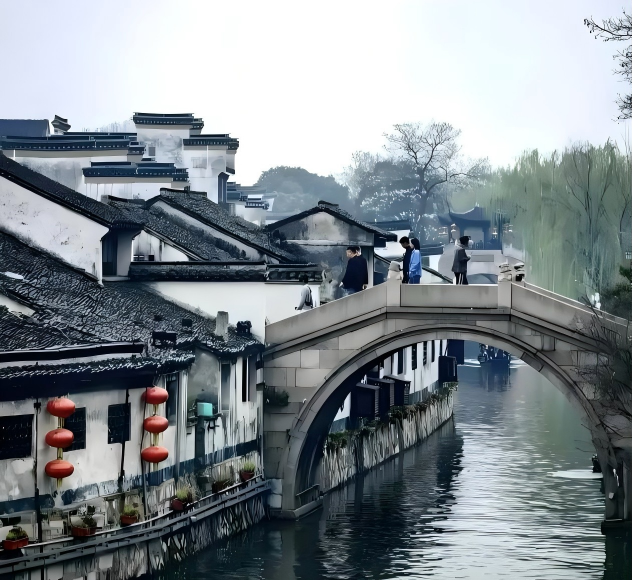
Secret realm deep breath: the gift of the mountains and forests
Nestled among the precipitous cliffs of Tianjin's Xianjingu, mist swirls like a celestial realm. This world's largest cluster of volcanic rhyolite landforms, where every peak and rock stands as a living testament to geological movements from eons past. As you traverse the cliffside suspended walkway, you'll not only experience the awe-inspiring view of "all mountains appearing small" but also enjoy a complete "lung cleanse" in air rich with negative oxygen ions—up to 88,000 per cubic centimeter.

The bamboo rafts of Nanxi River glide leisurely through thirty-six bends, its crystal-clear waters revealing the pebbles beneath like a painted scroll. This is where Xie Lingyun's poetic imagery of "the dawn's call from apes, light still dim in the valley's depths" first emerged. As the boatmen row, they sing Yongjia field songs whose ancient melodies echo through the valleys, evoking the sentiment of "long confined in a cage, now returning to nature."
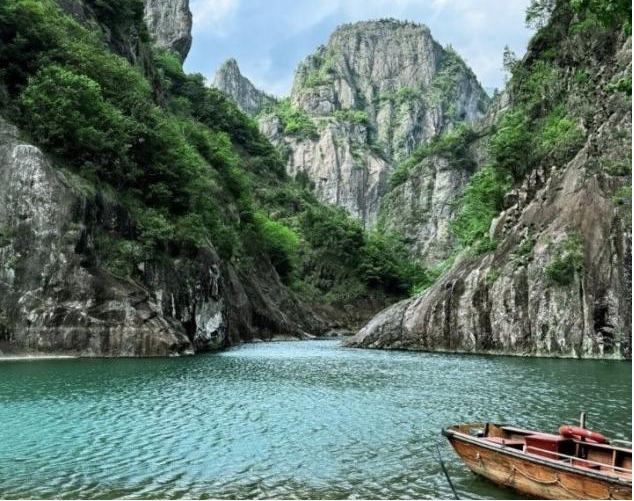
Four seasons: the cycle of time
In spring, Moganshan Mountain bursts with new bamboo shoots, making it the perfect spot to sip tea and read books on the terraces of old Republican-era villas. With 92 percent vegetation coverage and summer temperatures averaging 24.1 C, it's no wonder The New York Times named it "one of the world's 45 most worthwhile places to visit." Sitting in Songyue Pavilion where Chiang Kai-shek and Soong Mei-ling once resided, the rustling of bamboo leaves in the breeze transports you back to that turbulent era of historical convergence.

In autumn, Zhinan Village, or Guidance Village transforms into a golden wonderland where ginkgo trees blaze with golden hues and maple leaves dance like flames. Nestled at 600 meters above sea level, this ancient mountain village preserves over 20 millennium-old trees and 40 century-old Chinese sweetgum trees. As you wander along leaf-strewn paths, the distant terraced fields mirror the landscape while wisps of cooking smoke curl in the air, painting a perfect autumn tableau. In winter, Taishun's radon hot springs maintain a year-round temperature of 62 C. Soaking in these icy waters amidst snowflakes creates the poetic experience of "half a pool of warm spring water amidst a city of snow and ice."

In Zhejiang's mountains and waters, every pause is a dialogue with nature, and every breath is a reconciliation with oneself. Here, there are not just landscapes, but also the power to rekindle life's radiance. As the city's clamor fades, the sounds of mountains and waters become clear—life's primal rhythm, the homeland we will ultimately return to.
Route suggestions

Source: Zhejiang Cultural and Tourism Promotion Center for Hong Kong and Macao


